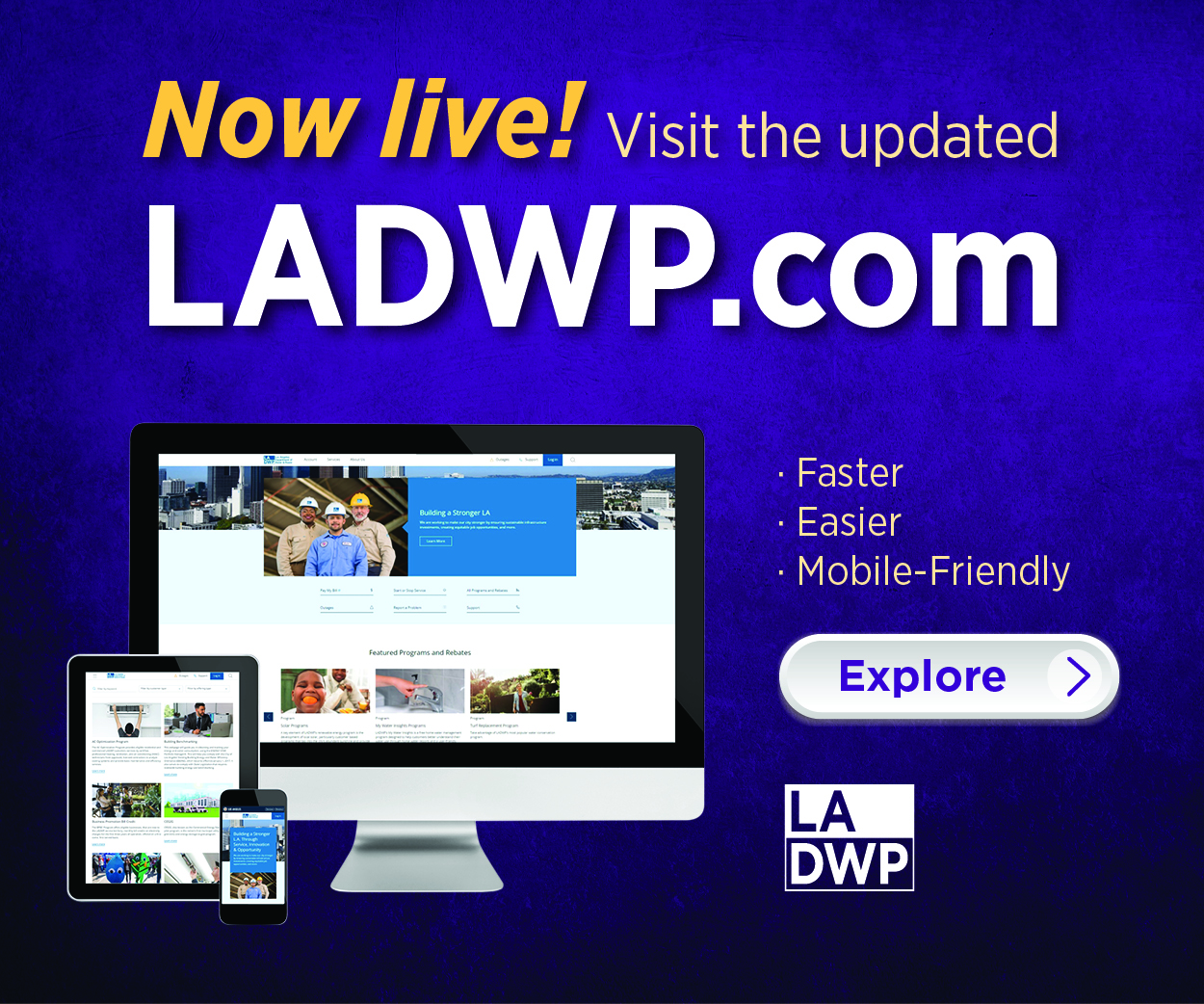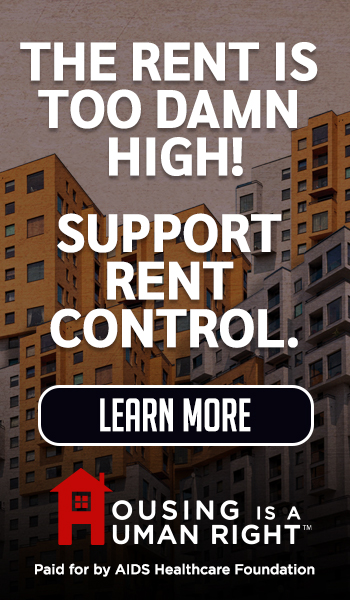Comments
iAUDIT - If you follow homelessness issues in the news, you’ll find outreach is one of the most important elements of homelessness services. Field outreach is the critical first step in encouraging unhoused people to move from the streets to shelter or housing. Outreach teams perform a plethora of duties, from providing personal hygiene kits to doing mental health assessments of people living on the streets. The data gathered by outreach teams is used to direct the unhoused to right type of shelter/housing.
Outreach is so important, the City, County, and LAHSA have created an alphabet soup of field programs targeted at the unhoused population. According to the recent court-ordered assessment by audit firm Alvarez & Marsal (A&M), outreach programs include:
- The Mayor’s Office’s Field Intervention Team (FIT), a multidisciplinary team of public health professionals, lived experience specialists, and community advocates. The FIT team is dedicated to supporting the Inside Safe Program.
- LAHSA’s Homeless Engagement Teams (HET) who, according to A&M’s report, “undertake targeted engagement efforts that focus on moving unsheltered residents experiencing homelessness into crisis, bridge, and/or permanent housing utilizing a housing-first orientation with minimum eligibility criteria.” A&M reported that as of October 2023, there were 41 HET teams operating in support of various city programs like CARE and CARE+ operations.
- USC Street Medicine teams provide field care, referrals to specialists, and health consulting.
Outside the scope of A&M’s assessment, there are other outreach teams, including:
- CIRCLE (Crisis and Incident Response through Community-Led Engagement), a Council District-based program that provides response to non-emergency homeless calls.
- Various County field outreach programs like the Department of Mental Health’s HOME (Homeless Outreach & Mobile Engagement) teams, who assess and provide care for unhoused people with mental health issues.
- The County’s Harm Reduction Team program, intended to help people with substance abuse disorders.
- Faith-based and other nonprofits operating outside government sponsorship provide their own outreach and support services.
If you ask a member of any of these teams about the most important aspect of their job, the answer would probably be “to build relationships with the unhoused”. Building relationships is the best way to develop trust and therefore make it more likely a homeless person will accept offers of services. This philosophy is reflected in statements from public and nonprofit officials. Former City homelessness chief (an current head of HACLA), Lourdes Castro-Ramirez has said “relentless outreach” is the best way to get people off the streets voluntarily. Homeless nonprofit leaders have said it can take as many as 50 contact encounters for someone to accept an offer of shelter (although that begs the question of what magic thing does an outreach worker says or does the fiftieth time that didn’t work the first 49 times). Outreach is the leading edge of homelessness interventions.
Given their importance, outreach programs receive significant funding. According to A&M, the City paid LAHSA $14.97 million over four years for outreach services linked to the City/County Roadmap Agreement, of which $14.76 million went to providers (report figures 3.2 and 3.9). The City budgeted $8 million for CIRCLE teams in fiscal year 2024-25, (City Budget White Book, Vol. II, p. 1,000). These figures do not include millions more budgeted in other programs, nor funds budgeted by the County.
The City cannot force someone to enter a shelter program. Although the Supreme Court’s Grants Pass decision restored local government’s authority to prohibit street camping, no government can tell a non-incarcerated person where they can live. Grants Pass merely allows cities to prohibit unauthorized camping on public land. Therefore, outreach programs emphasize building relationships with unhoused people. Once a person and his or her case worker create a rapport, he or she will be more willing to enter a shelter. This contact-intensive approach is reflected in LAHSA’s contract performance measures, which are generally based on engaging a certain number of clients in a provider’s service area, with minimum requirements to refer and house clients. As I detailed in a May 2023 CityWatch column, the housing requirement can be as low as five percent of the number of clients engaged.
Besides the emphasis on repetitive contacts, outreach efforts can be complicated by the different types of service teams operating in the same environment. An unhoused person can be contacted by a general HET team, a medical or mental health team, and a FIT team. As A&M noted, “… these outreach teams were dedicated across multiple encampment-related endeavors. Therefore, the prioritization and outreach services appeared to create duplicative services, especially when multiple initiatives such as a CARE+ operation and the respective CARE+ outreach team overlapped with other existing outreach teams (e.g., Roadmap HET) within the City’s Council Districts”. And “Although each subprogram specified its own focus and objectives, they generally relied on similar referral pathways, raising the possibility that the same unsheltered PEH may be counted or served multiple times by different outreach teams”. In other words, agencies may be providing–and paying for--the same services to the same clients and counting them as “unique” when in fact they are providing services to the same person two or more times. This problem is exacerbated by LAHSA’s poor data management, which has been documented by A&M and in other reports.
In addition to artificially inflating the number of people served (and therefore the number of people LAHSA and the City pay for), service overlap leads to confusion among the homeless themselves. As the report says, “This fragmentation potentially generated confusion among stakeholders and unsheltered PEH, who may have been uncertain about which subprogram they were engaging with or lack clarity on the overall process. Such confusion risks eroding trust in outreach efforts, highlighting the need for more coordinated planning, data sharing, and accountability channels to optimize the effectiveness of their outreach and ensure equitable service delivery”. Simply stated, an unhoused person may be contacted by multiple providers, none of whom coordinate with the other, leaving him or her unsure who is providing what service.
A&M’s report brings into question the true effectiveness of the “relentless outreach” model. To quote the report, “Onsite fieldwork illustrated the complexities involved in outreach, given the transient nature of unsheltered populations, varying levels of acuity, and the distrust of outreach workers that some unsheltered PEH may have. For example, the data provided to A&M offered minimal insight into the extent to which outreach services and referrals ultimately led unsheltered PEH to secure housing and supportive services. Additionally, it was not possible to trace whether individuals counted in the annual PIT count later received assistance through the City Programs, introducing further uncertainty in evaluating the reach and impact of these housing interventions and respective services. Consequently, while these City Programs play an important role in addressing homelessness, the absence of critical data elements limited A&M’s ability to draw definitive conclusions about their overall effectiveness”. By its nature, the homeless population is transient. When a provider claims it can take up to 50 contacts to coax a person to accept an offer of shelter, the assumption is the provider can find the client, either because the client has stayed in the same place, or the provider has some way of tracking the client’s movements. Given LAHSA’s fragmented and inconsistent service data, neither possibility is likely.
There is also the question of what a “contact” is and what the City or County may be paying for. A&M’s assessment noted several instances where providers are allowed to self-define their performance measures, and therefore what constitutes a billable action. As the report says, “The performance assessment of service delivery revealed significant challenges in contract compliance and consistency due to service providers’ varying interpretations of contractual requirements and their independently developed methods for service delivery”. I can offer a personal example of what that means. I live near the CD-11 Council Office in Westchester. The office houses a CIRCLE team staffed by employees of Urban Alchemy, one of the larger nonprofits contracting with the City. A few months ago, my wife and I observed the team in action. A woman, who clearly had physical and mental health issues, was lying on the sidewalk near a bus stop, surrounded by her few possessions. Two CIRCLE team members talked to her for about two minutes, gave her a bottle of water, and moved on. It is unclear what degree of rapport, if any, the team was able to build in that two minutes, but in any case the woman was no better off than she was before the encounter, except she had a plastic water bottle to add to her trash pile. After walking down the block, the CIRCLE team members made a few notes on a clipboard and moved on. Did those two minutes count as a “contact”? What was accomplished in those two minutes? If the CIRCLE team repeated the same encounter 49 times, what outcome would result?
Given the high risk of fraud A&M reported throughout its assessment, using performance measures like loosely defined “contacts” means the City really has no idea what its paying for. How often is the two minute “contact” I observed repeated throughout the City every day? As A&M said, neither the City nor LAHSA can produce empirical objective evidence that current outreach practices produce meaningful outcomes. Given outreach’s critical position as the gateway to shelter and housing, measuring its effect is crucial to the success of the entire homelessness system. You cannot build a solid house on a cracked foundation.
There is also the question of when repetitive outreach becomes counterproductive. Should it really take 50 contacts to get someone off the streets? At what point do you give someone the choice of accepting shelter or moving on? You can’t force someone into a shelter but leaving them on the street indefinitely is no remedy either. There are many other nuances to that question, such as what to do with someone who is clearly mentally disturbed but refuses services. These questions require their own analysis, but in any case, they can’t be answered in an environment where no one knows what services the unhoused are receiving, or how many receive them.
The problems with outreach are just more examples of how poor contract management, combined with LAHSA’s and the City’s preoccupation with process over results, means a vital component of successful homelessness programs has been allowed to operate with virtually no accountability. It is also more evidence that only a fundamental restructuring of homelessness intervention, with a single central authority, can make all programs work together for the common good.
(Tim Campbell is a resident of Westchester who spent a career in the public service and managed a municipal performance audit program. He focuses on outcomes instead of process in his iAUDIT! column for CityWatchLA.)














